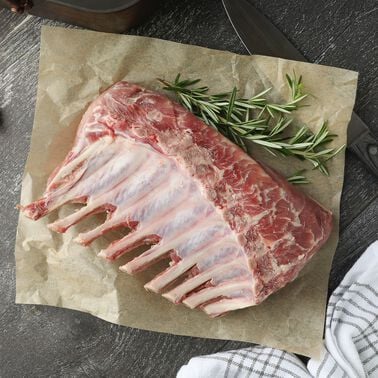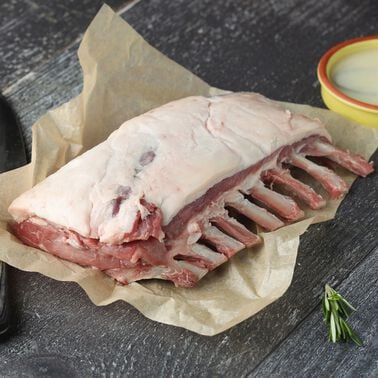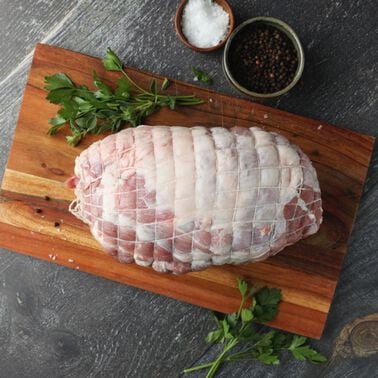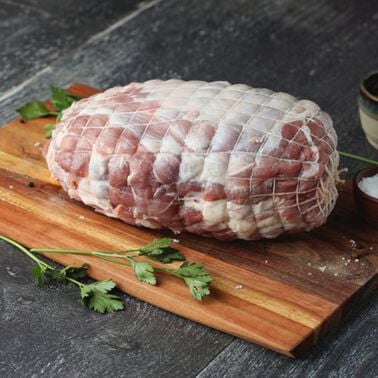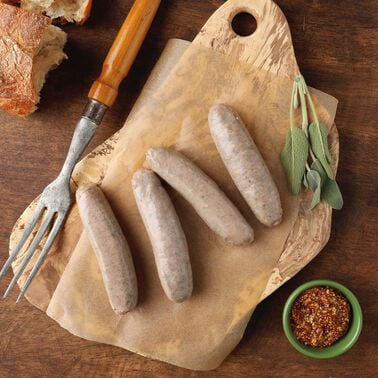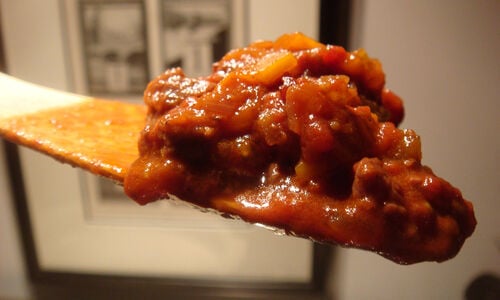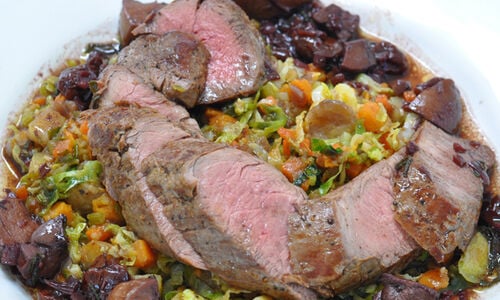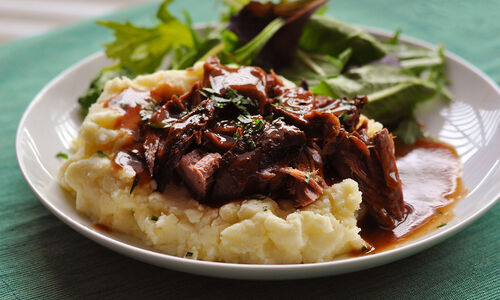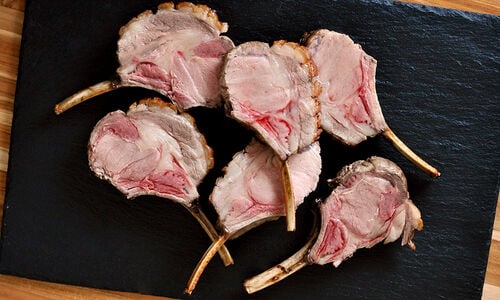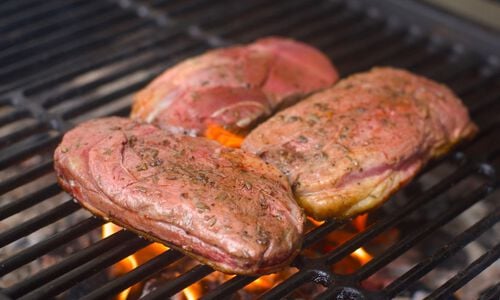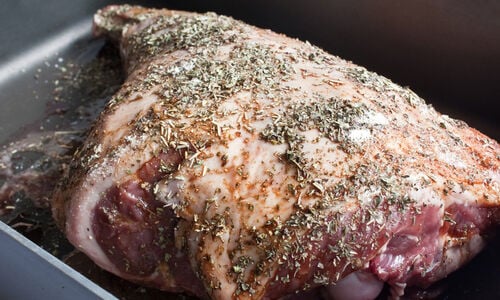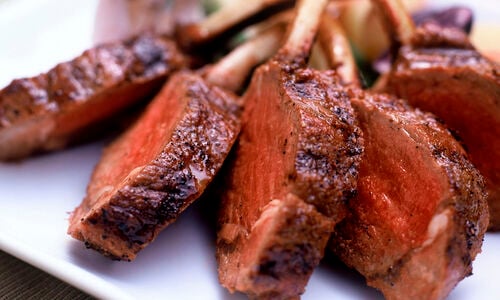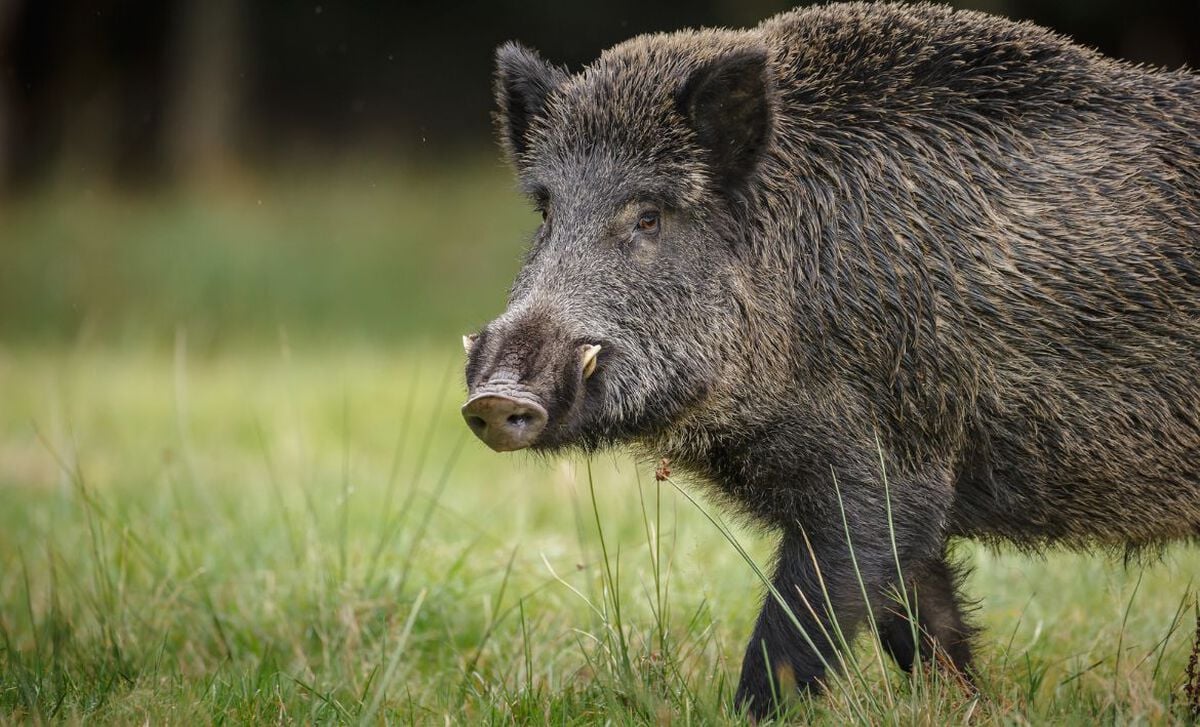
History
The pigs that Spanish explorers first brought to the Americas were likely of the Iberian breed, a small, lean, tusked pig with a straight back, long narrow snout and small bristles. These first pigs adapted well in their new environment and many found their way to freedom, creating a population of feral pigs in the Americas.
Populations of wild boar were later introduced to North America for hunting in the 1890s, and again in several phases during the first half of the 20th century. Though they began on hunting preserves, some wild boar escaped and mated with feral descendants of domesticated pigs. So the wild boar of today are usually a hybrid breed, with characteristics of both Eurasian boars and feral pigs. The USDA requires that the meat from these animals be labeled as “feral swine,” because the breed is indistinct.
Free-Range Wild Boar
Wild boar live a truly free-range lifestyle in the United States today. The trouble with wild boar is that they are now present in 39 states and number in the millions. They eat agricultural crops, root in gardens and destroy native grasses. Wild boar will prey upon livestock like lambs, kids, calves and other young animals. Farmers and ranchers are less than pleased with the presence of wild boar, so hunting is encouraged in many states where the boar have become a nuisance.
Texas is a state that is overrun with wild boar. There is a program to cut their numbers, which includes hunting and trapping. The humane trapping option involves large cages that trap but do not harm the wild boar. They are then taken to a USDA inspected slaughter house, where they are processed as domesticated hogs would be. D'Artagnan partners with experienced trappers in Texas to provide the best wild boar meat on the hoof.
Eating Wild Boar
Wild boar meat is similar to pork, but there are a few differences worth noting. As a game meat, wild boar meat is leaner and tends to be darker red than ordinary pork. Wild boar meat has an intense, sweet and nutty flavor, due in part to its wild diet of grasses and nuts and forage.
Cook wild boar at lower temperatures than other meats. Keep it low and cook it slow. Do avoid overcooking, as the lean meat will dry out quickly. If your wild boar meat is frozen, do not defrost in a microwave, since this tends to dry and toughen meat. Marinating wild boar meat overnight can do wonders, as the marinade will tenderize as it imparts flavor. But cuts such as the tenderloin do not need marinating or slow cooking. You can simply pan sear wild boar tenderloin at high heat until it reaches an internal temperature of 140-145 degrees Fahrenheit, as this recipe demonstrates. Use lean wild boar chuck meat in stews and ragouts to change up your game. Go hog wild with boar meat at your next cook out, or roast a wild boar shoulder for a family feast.
